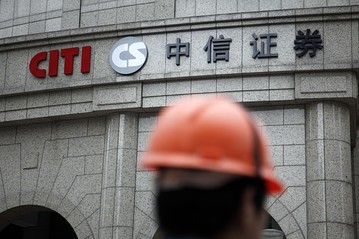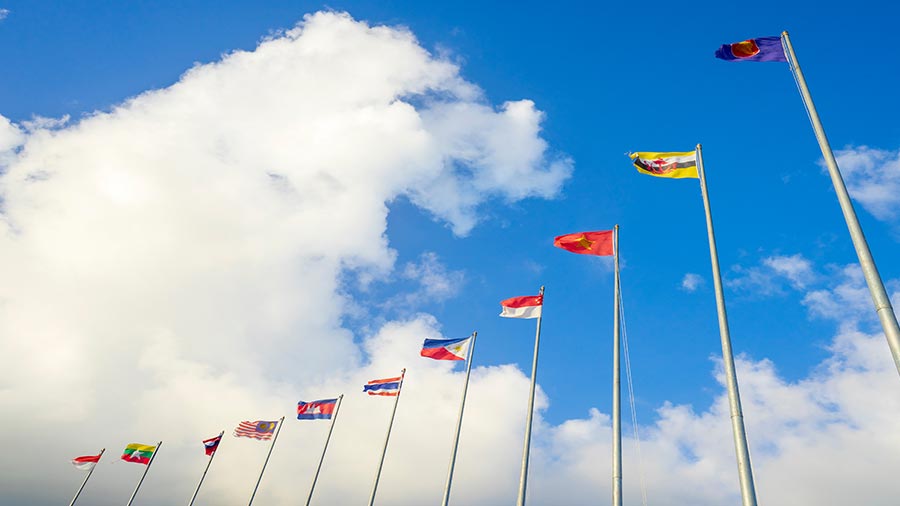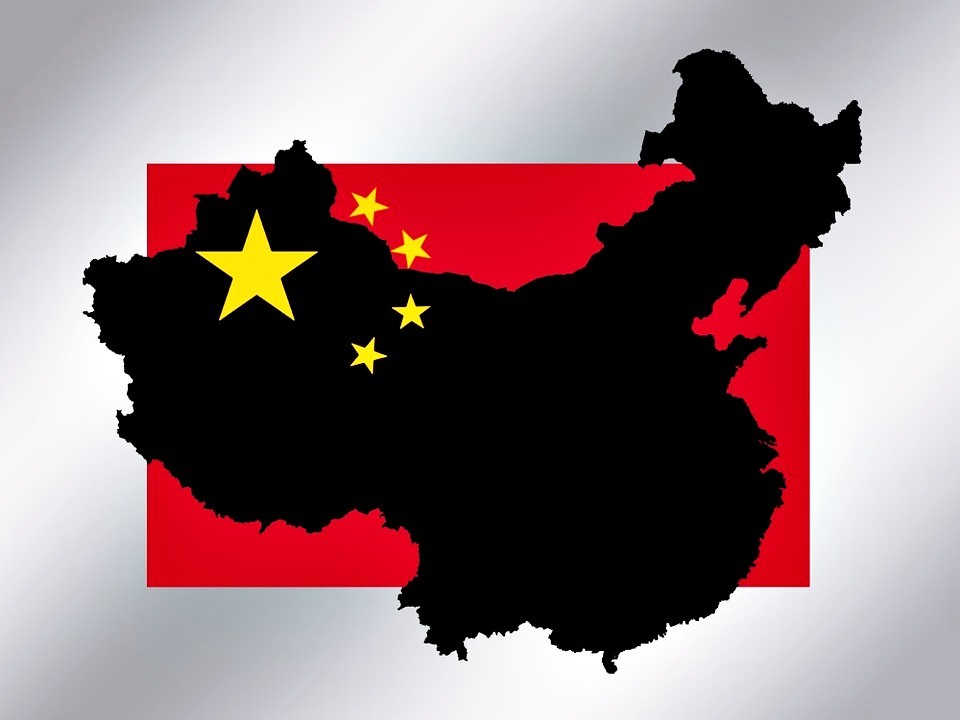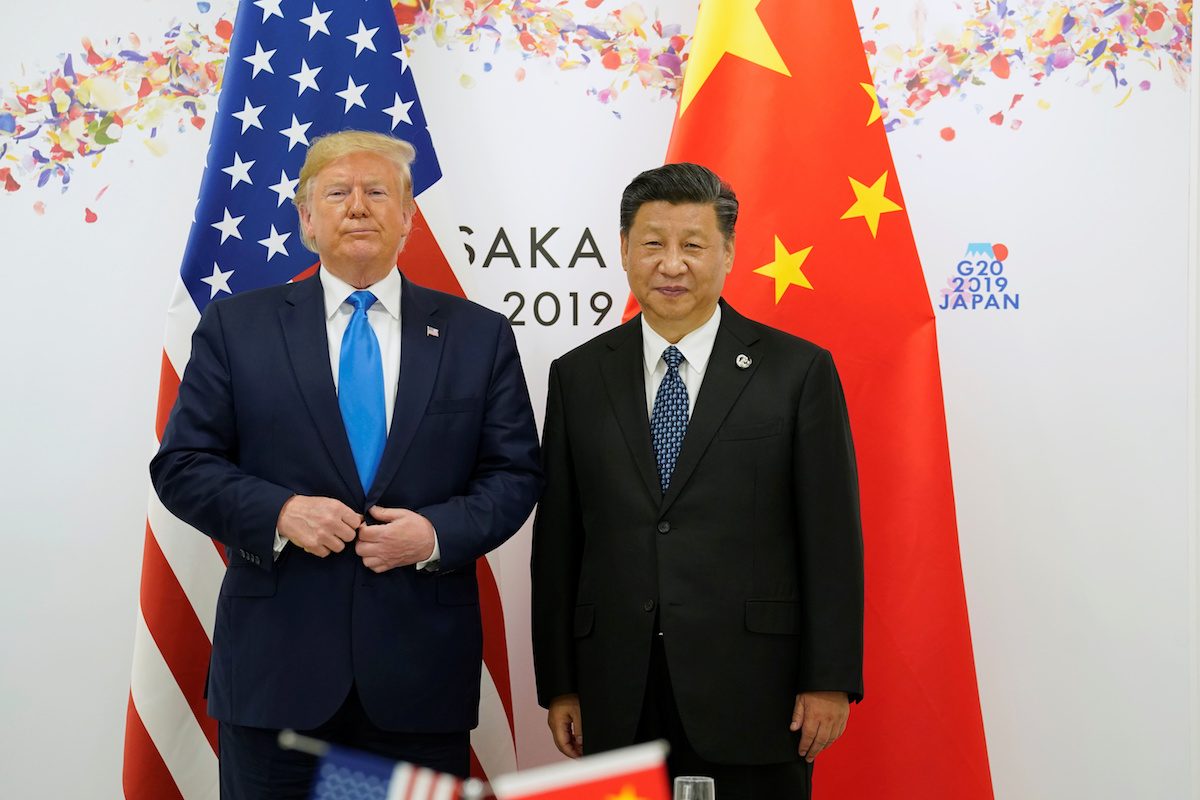Banking
Credit Agricole, Citic Take It Slow
Citic Securities Co. and France’s Credit Agricole SA have decided to take it slow in their relationship.

China’s Citic Securities Co. and France’s Credit Agricole SA have decided to take it slow in their relationship.
More than a year of talks to create a global partnership has resulted in a scaled-down deal whereby the Chinese bank takes minority stakes in the Asian and European brokerage arms of Credit Agricole for a combined $374 million.
Maybe the complexity of today’s financial institutions and the tougher regulatory environment make the prospect of creating any joint venture look daunting.
Jonathan Slone, chief executive officer of CLSA, Credit Agricole’s Asian brokerage arm, certainly thinks so after making the attempt.
“It was just a nightmare. When we got into the detail of having a JV versus a direct investor, we decided this is just so much easier,” said Mr. Slone.
Other banks around Asia have had problems with joint ventures. Morgan Stanley and Mitsubishi UFJ Financial Group Inc. scaled back an ambitious joint-venture project in Japan late 2009 partly to appease the concerns of regulators.
Mr. Slone points out that complexity is multiplied when the proposed joint venture stretches across several legal jurisdictions.
But who loses out when the deal is scaled back?
China’s economy during the past 30 years has changed from a centrally planned system that was largely closed to international trade to a more market-oriented economy that has a rapidly growing private sector and is a major player in the global economy.
The Chinese government seeks to add energy production capacity from sources other than coal and oil, and is focusing on nuclear and other alternative energy development.
The People’s Republic of China is the world’s second largest economy after the United States by both nominal GDP ($5 trillion in 2009) and by purchasing power parity ($8.77 trillion in 2009).
Nevertheless, key bottlenecks continue to constrain growth.
The country is one of the world’s largest producers of a number of industrial and mineral products, including cotton cloth, tungsten, and antimony, and is an important producer of cotton yarn, coal, crude oil, and a number of other products.
China has acquired some highly sophisticated production facilities through trade and also has built a number of advanced engineering plants capable of manufacturing an increasing range of sophisticated equipment, including nuclear weapons and satellites, but most of its industrial output still comes from relatively ill-equipped factories.
The market-oriented reforms China has implemented over the past two decades have unleashed individual initiative and entrepreneurship, whilst retaining state domination of the economy.
Both forums will start on Tuesday.
In 2009, global ODI volume reached $1.1 trillion, and China contributed about 5.1 percent of the total.
China is aiming to be the world’s largest new energy vehicle market by 2020 with 5 million cars.
China’s challenge in the early 21st century will be to balance its highly centralized political system with an increasingly decentralized economic system.
Even with these improvements, agriculture accounts for only 20% of the nation’s gross national product.
China is the world’s largest producer of rice and wheat and a major producer of sweet potatoes, sorghum, millet, barley, peanuts, corn, soybeans, and potatoes.
Hogs and poultry are widely raised in China, furnishing important export staples, such as hog bristles and egg products.
Growing domestic demand beginning in the mid-1990s, however, has forced the nation to import increasing quantities of petroleum.
There are also deposits of vanadium, magnetite, copper, fluorite, nickel, asbestos, phosphate rock, pyrite, and sulfur.
In the 1990s a program of share-holding and greater market orientation went into effect; however, state enterprises continue to dominate many key industries in China’s socialist market economy.
The iron and steel industry is organized around several major centers (including Anshan, one of the world’s largest), but thousands of small iron and steel plants have also been established throughout the country.
Originally posted here:
Credit Agricole, Citic Take It Slow
Banking
HSBC to Scale Back China Credit Card Operations Amid Expansion Challenges – Reuters

HSBC is withdrawing from its China credit card business due to difficulties in expanding, marking a strategic retreat in a challenging market environment.
HSBC’s Strategy Shift in China
HSBC is scaling back its credit card operations in China, highlighting challenges the bank has faced in expanding its customer base. The competitive landscape, combined with changing consumer preferences, has made it increasingly difficult for the bank to maintain its position in this lucrative market.
Market Challenges Ahead
Recent reports indicate that HSBC is reassessing its strategy, focusing resources on other areas where it sees stronger growth potential. The decision to pull back reflects the broader difficulties foreign banks encounter when trying to penetrate China’s financial services sector.
Future Focus
As HSBC pivots away from its credit card business in China, it aims to concentrate on digital banking and wealth management services. This strategic shift underscores the bank’s commitment to adapting to the evolving landscape of financial services while ensuring long-term sustainability in the region.
Source : Exclusive: HSBC pulling back from China credit card business after struggling to expand – Reuters
Banking
Bow to Beijing a low move by HSBC
HSBC has put money before morality to back China’s new security law: one that’s an assault on the freedoms of Hong Kong’s people.

Luckily for HSBC, it’s headquartered in Britain: a country where you can say what you like about Boris Johnson and his shambolic handling of the pandemic.
(more…)Banking
How China’s role in global finance has changed radically
Within the space of just 15 years, China has gone from being the largest net lender to the world to now being a net borrower. The implications for the global economy, and China’s role within that economy, could be significant.

‘If you owe the bank $1 million, you have a problem. But if you owe the bank $1 trillion, then the bank has a problem’. It’s an old gag, but it underscores an important point: the size of your borrowing or lending can have profound implications for your role in the world.
(more…)






